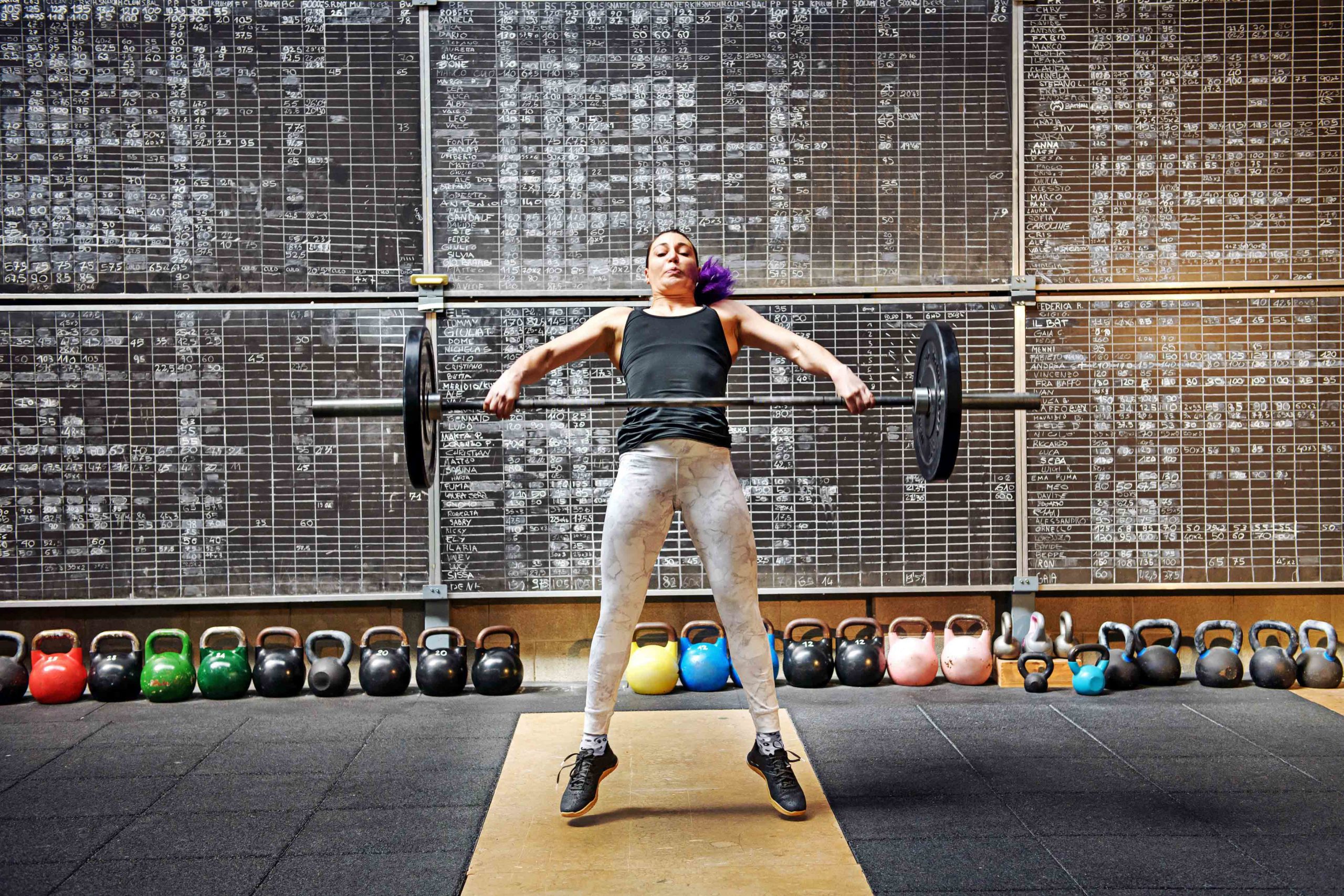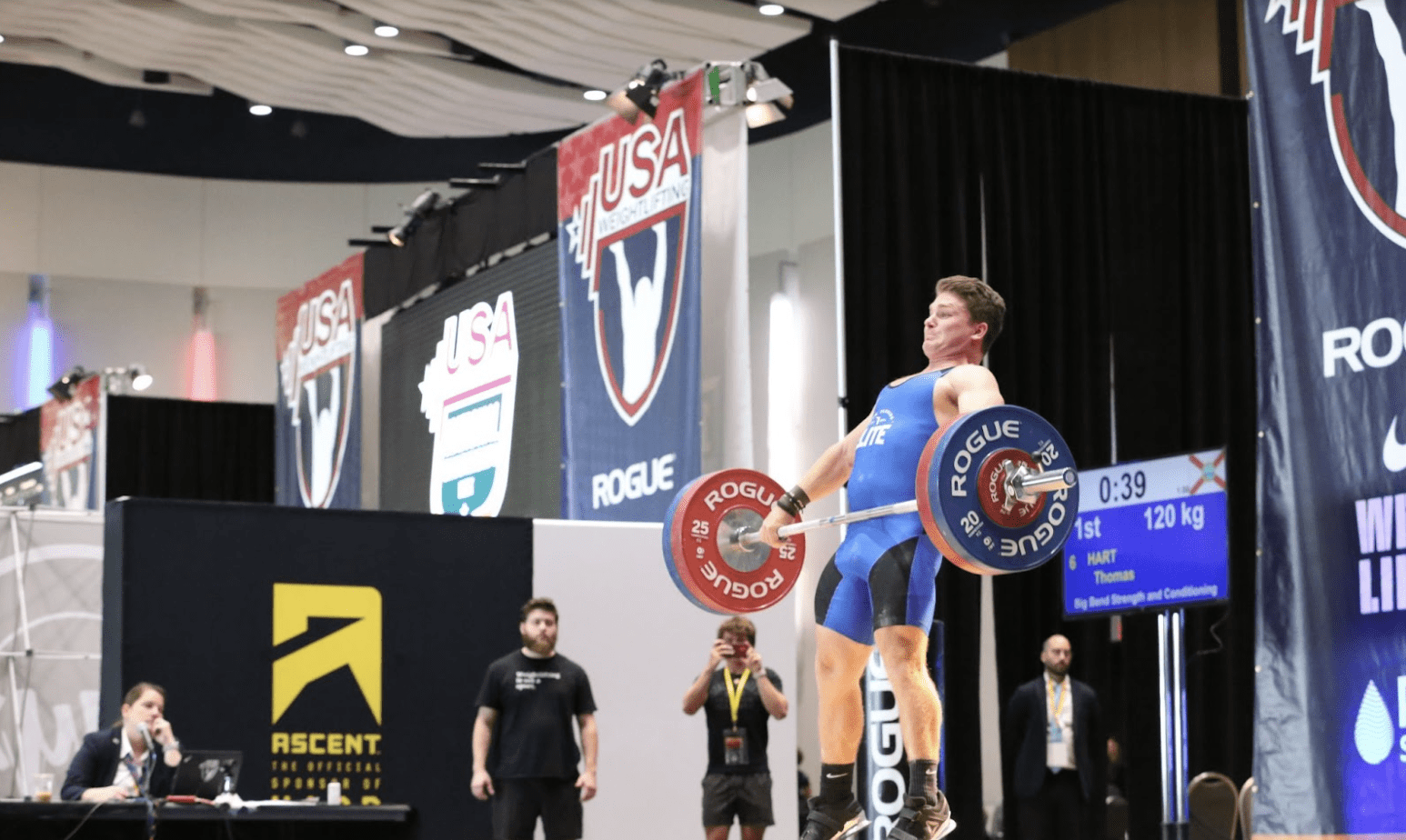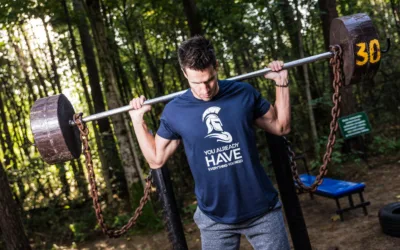3 Snatch Drills to Improve Your Speed Under the Bar

Brian Chambers is the owner and head coach of Big Bend Strength, an online resource for Olympic weightlifting and strength training. Big Bend Strength has produced athletes at the state, national, and international level in weightlifting since 2017. In this blog, he breaks down three drills to help you develop your speed and technique in one of weightlifting’s most challenging movements.


Do the Work, Improve Your Snatch Speed
Speed under the bar when performing the snatch is one of the most important elements of technique, yet it’s one of the hardest to develop. Over the years, I’ve come to believe that while there are many drills and exercises that can help you move faster, they only work if you INTEND to move fast. Keep that in mind when attempting some of these exercises. They will only work if you work.
1. Tall Snatch
We’ll start off with the tall snatch because it is the easiest variation to immediately implement in your warm-up on snatch or overhead squat days. And because most people only need a bar or very light weight, this exercise can even be done daily with little to no impact on normal training.
To execute, stand upright with the barbell in the hip pocket, hands in the wide snatch grip position, and elbows pits rotated so they point up. In one smooth motion, begin to shrug and pull with the elbows as you simultaneously jump down. This is tricky since there is very little assistance from the legs or arms to elevate the bar. You MUST be fast to pull yourself into the bottom of the overhead squat.
A common technical fault is pulling the bar too high before beginning the descent into the squat. Remember, we want to pull ourselves down, not to pull the bar up.
For the first couple times you do this drill, you may feel unstable in the bottom of the squat, you may be off balance, or you may fall a little bit. This is OK! It is more important to train speed than it is to worry about balance. As your speed improves, so will your balance in the squat. However, if you only focus on balance, you will lose out on the speed you are trying to develop.
You Work too Hard to Not See Progress
Find Your Perfect Training Plan
Options for Every Goal
Training plans from real coaches covering any goal, fitness level, and number of sessions per week.
The Best Coaches
Get coached by the best. Olympians, ex-NFL stars, Titan Games Winners, Sport Scientists and more.
Starting at $1/ day
With many options including a free 7 day trial, you can try out programming before you commit.
2. Drop Snatch
To execute, start with the bar on your back in the high bar squat position. Your hands will be in the snatch grip, and your feet will be in your normal pulling stance. Make sure to point the elbows straight down, or as down as your mobility allows. Begin to press up against the bar, and just before the bar leaves your shoulders, AGGRESSIVELY jump down. This is challenging as there should be NO use of the legs to drive the bar higher.
Similar to the tall snatch, you may feel off balance the first few times you do this, and that is OK. We’re trying to develop speed with this exercise, not balance. When the speed comes, the balance will come as skill increases, so stick with it! Check out the video for a demonstration.
Level Up Your Training
With TrainHeroic’s immersive training app
TrainHeroic does everything you wish your old gym notebook could do.
Take the guesswork out of training with built-in exercise instruction and basic training programs. Compete against yourself and others. Track your performance and readiness. Smash your goals.


3. Hip Power Snatch
The hip power snatch is ranked third as it will help improve speed, but only for more intermediate to advanced lifters. The hip power snatch is a heavier way to train speed under the bar. If you are a less experienced athlete, this will only help with pulling the bar higher, which is not what we’re trying to solve today, so stick with the first two exercises above.
Start by standing with the bar in the hip crease, hands in snatch grip position, and elbows pits rotated, pointing up. Bend your knees to initiate the dip, then stand aggressively to begin driving the bar up. When the bar has reached its peak height, use the moment that it has become weightless to pull yourself under into an overhead squat position with the elbows locked. The key to this is receiving the bar and stopping the movement at an above parallel squat. This means you need to pull the bar high enough AND move fast enough to get under it.
The snatch is difficult to master and subtle tweaks in your timing and form can make or break the movement. Don’t get discouraged if it hasn’t clicked for you yet — it takes many athletes years to get the hang of it.
Working on the above movements will definitely help you develop your speed, form, and technique, but remember: these movements will only work if you do.


Want Training Tips, Exercise Guides & Knowledge Bombs Sent to Your Inbox?
Sign up for the FitNerd newsletter from TrainHeroic
Related articles
Slow Reps vs. Fast Reps
You’ve probably noticed that some people in the gym tend to perform their reps as fast as possible, whereas others take a slow and controlled approach. But which is better? Dr. Andy Galpin is a Professor of Kinesiology at the Center for Sport Performance at California...
How to Do Leg Extensions Without a Machine
Short shorts are the new stinger tanks. Rocking those big tree trunks with canyon deep cuts is so hot. Leg extensions are a bodybuilding staple—they isolate your quads, the front-facing muscle group of your thighs, by flexing (bending) and extending (straightening)...
Tried-and-True Methods to Fix Plantar Fasciitis
What is Plantar Fasciitis? If you’re new to running or returning to it after a break, you might have been blighted by plantar fasciitis, a fancy name for an annoyingly common foot problem. It’s when the band of tissue that connects your heel to your toes (the plantar...


Join the community
Sign up for the latest training news and updates from TrainHeroic


About TrainHeroic
Support
Made with love, sweat, protein isolate and hard work in Denver, CO
© 2021 TrainHeroic, Inc. All rights reserved.






